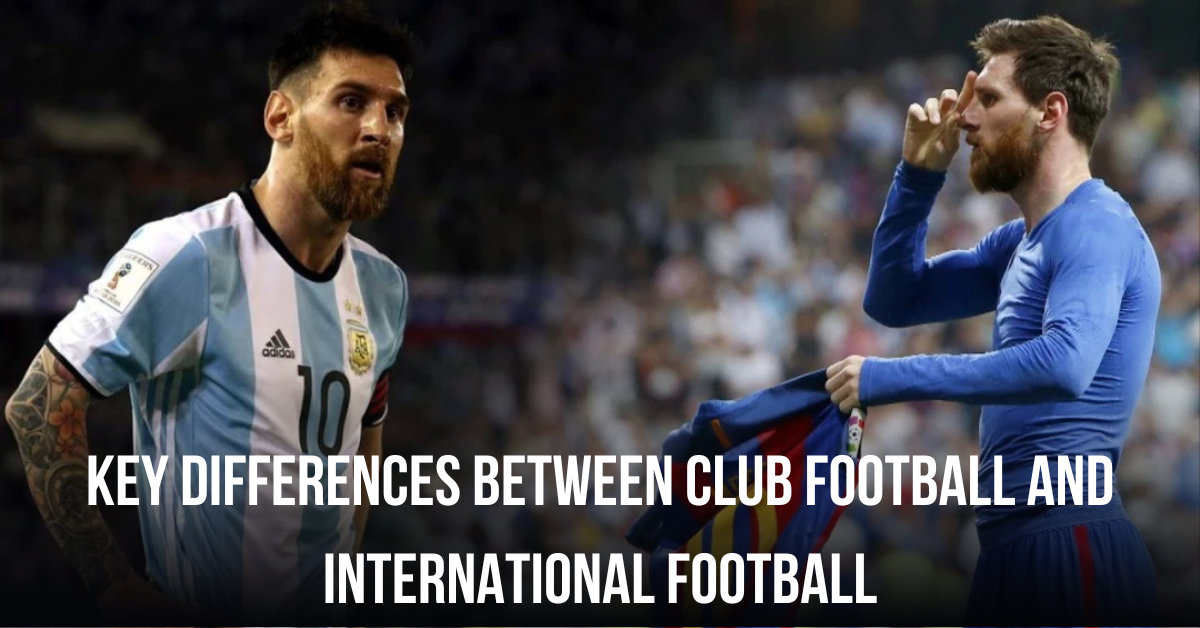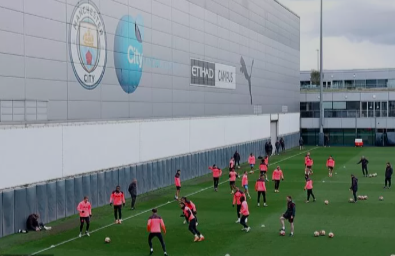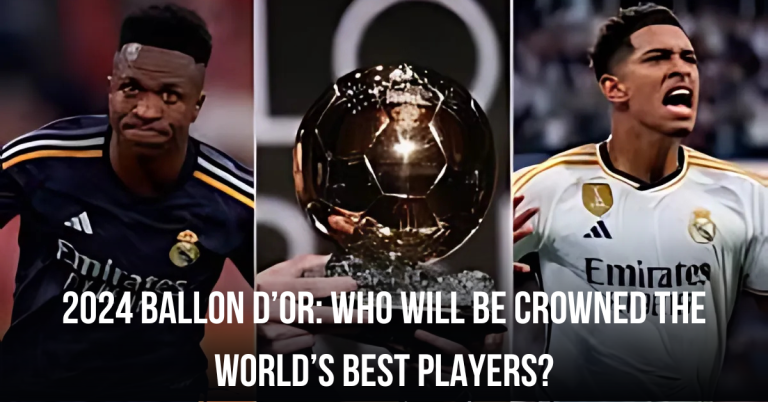Key Differences Between Club Football and International Football

Football unites people from diverse cultures, but the way the game unfolds in club football versus international football reveals two distinctly unique experiences. Fans often debate: What are the differences between club and international football? This question opens up conversations about team dynamics, tactics, emotions, and more. Let’s explore these contrasting worlds in depth.
The Foundations of Club and International Football
Club Football: Building a Legacy Over Time
Club football refers to teams representing professional football clubs. These clubs compete in domestic leagues, cup competitions, and, for some, prestigious continental tournaments like the UEFA Champions League or CAF Champions League.
- Player Pool: Clubs can sign players from any nationality or background as long as they comply with transfer regulations.
- Frequency: Club football provides consistent action, running from late summer to spring every year.
- Management Style: Clubs have full-time management staff dedicated to nurturing talent and developing long-term strategies.
International Football: Patriotism at Its Core
In international football, national teams are formed with players eligible to represent their respective countries. Competitions such as the FIFA World Cup or the African Cup of Nations (AFCON) showcase the pride and passion behind the national jersey.
- Eligibility: Players must hold citizenship for the country they represent.
- Calendar: Matches are limited to specific windows for international friendlies, qualifiers, and tournaments.
- Emotional Weight: Representing your country is viewed as the highest honor by most players.
Key Differences Between Club and International Football
To answer “What are the differences between club and international football?”, we’ve broken down the distinctions below:
1. Selection Process
Club Football:
- Clubs scout and purchase players based on their needs, forming a roster of diverse talents.
- Teams enjoy the luxury of adding players with international exposure, such as star transfers like Lionel Messi’s move to Inter Miami.
International Football:
- The selection pool is much narrower, limited to players born, naturalized, or eligible by ancestry.
- Coaches may face challenges in finding depth, especially in countries with fewer professional leagues.
2. Tactical Approach
Club Football:
- Long-term vision allows tactical evolution.
- Coaches spend more time with players, enabling intricate playing systems, as seen with Pep Guardiola’s tiki-taka style.
International Football:
- Coaches have limited time to work with their squads.
- Tactics are often simplified due to fewer training opportunities.
Infrequent matches and restricted player pools mean international football brings unique tactical challenges for coaches.
3. Competition Schedule
Club Football:
- Played nearly year-round, ensuring weekly matches.
- Domestic leagues and knockout competitions like the FA Cup deliver varied challenges.
International Football:
- Matches occur within designated FIFA windows, sometimes months apart.
- Players risk being out of sync due to sporadic play.
4. Emotional Connection
Club Football:
- Fan loyalty stems from local pride or admiration of star players.
- Clubs have fanbases spread across continents; think of Manchester United’s global following.
International Football:
- Playing for the national team resonates deeply due to the cultural and patriotic ties.
- Anthem ceremonies before games amplify emotions unmatched by club football.
Comparison Table: Club vs. International Football
| Aspect | Club Football | International Football |
|---|---|---|
| Player Selection | Signed from global talent pool | Limited to eligible nationals |
| Match Frequency | Weekly games across seasons | Infrequent, during FIFA windows |
| Tactical Complexity | Advanced due to more practice | Simplified, shorter preparation time |
| Emotional Influence | Loyalty to club history and players | National pride and cultural identity |
| Coaching Style | Focus on long-term development | Adapting quickly with available talent |
The Rise of Club Football’s Popularity
The growth of club football, fueled by the English Premier League, La Liga, and similar leagues, has somewhat overshadowed international football. High-profile players spend most of their careers representing clubs. Let’s break down why club football has surged:
- Television Deals: Broadcasters have invested billions into club football, ensuring extensive media coverage.
- Top Talent Concentration: Clubs like PSG and Real Madrid gather star players, elevating the quality of the game.
- Week-to-Week Drama: Domestic leagues offer fans a continual flow of excitement, unlike sporadic international fixtures.
International Football’s Unique Allure
While club football grows, international tournaments remain magical. The FIFA World Cup garners billions of views every four years. What keeps fans glued to international football?
- Cultural Representation: Fans identify personally with their nation’s team.
- Legacy: Winning the World Cup cements players’ legacies, such as Pelé or Diego Maradona.
- Stories of Underdogs: Nations like Croatia (2018) or Morocco (2022) inspire by defying odds.
The Balancing Act: Club vs. Country
For players, balancing their club and country commitments is a juggling act. High-profile examples include:
- Cristiano Ronaldo: Despite historic club success, he prioritizes Portugal’s team.
- Victor Osimhen: A star for Napoli and Nigeria, Osimhen showcases resilience by excelling at both levels.
Clubs can face risks during international breaks, with players potentially returning injured, which is often frustrating for both fans and managers.
Final Thoughts: The Heart of the Debate
What are the differences between club and international football? It boils down to the player selection process, emotional weight, competition frequency, and coaching approach. Both forms of football bring passion and excitement, each with its unique flavor.
At Handy Sports, we understand the love for football transcends boundaries. Whether it’s the intense local rivalries in club leagues or the unity of a nation cheering during international tournaments, football’s power to connect is unmatched. Share this article with your fellow sports enthusiasts and let’s keep the debate alive!






